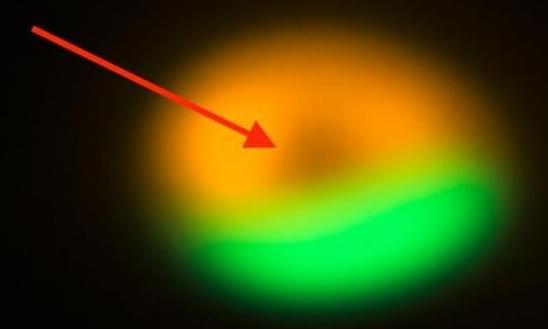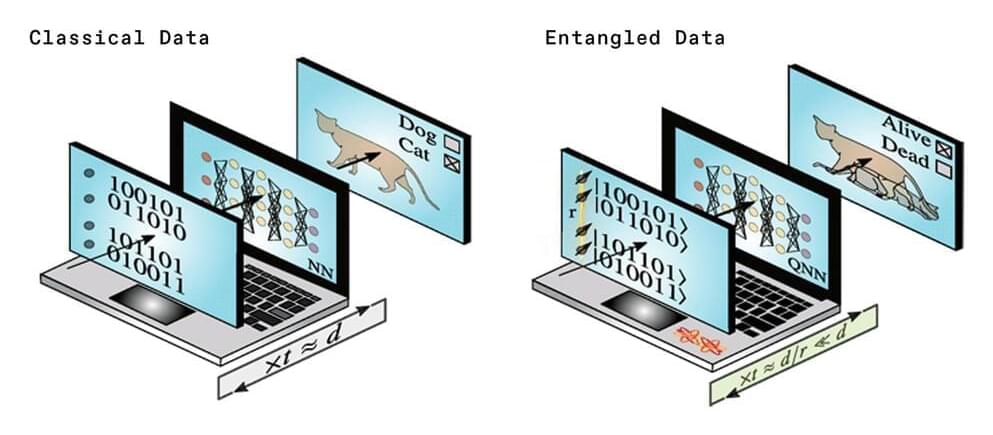This could lead to the emergence of life.
Astronomers detected the largest molecule ever found in a planet forming disc, which could lead to organic molecules.



Statement from members of the earth and space science international community.
We are Earth and space scientists, science communicators, and educators dedicated to the discovery of and solutions to societal challenges. We issue this joint statement to call on world governments and global leaders to do everything possible to expedite the end to the brutal Russian assault on Ukraine. We welcome other professional scientific communities to join our appeal.
1. The Earth and Space Community is an ecosystem of researchers working together and supporting each other. At this moment, our colleagues in Ukraine are being shelled with missiles and many have been forced to escape with their families from the war zone. We salute “Science for Ukraine” grassroots efforts and urge world governments to support Ukrainian students and science professionals.

In the endless quest to pack more energy into batteries without increasing their weight or volume, one especially promising technology is the solid-state battery. In these batteries, the usual liquid electrolyte that carries charges back and forth between the electrodes is replaced with a solid electrolyte layer. Such batteries could potentially not only deliver twice as much energy for their size, they also could virtually eliminate the fire hazard associated with today’s lithium-ion batteries.
But one thing has held back solid-state batteries: Instabilities at the boundary between the solid electrolyte layer and the two electrodes on either side can dramatically shorten the lifetime of such batteries. Some studies have used special coatings to improve the bonding between the layers, but this adds the expense of extra coating steps in the fabrication process. Now, a team of researchers at MIT and Brookhaven National Laboratory have come up with a way of achieving results that equal or surpass the durability of the coated surfaces, but with no need for any coatings.
The new method simply requires eliminating any carbon dioxide present during a critical manufacturing step, called sintering, where the battery materials are heated to create bonding between the cathode and electrolyte layers, which are made of ceramic compounds. Even though the amount of carbon dioxide present is vanishingly small in air, measured in parts per million, its effects turn out to be dramatic and detrimental. Carrying out the sintering step in pure oxygen creates bonds that match the performance of the best coated surfaces, without that extra cost of the coating, the researchers say.

Tesla will sell car insurance, but electric-vehicle insurance and repairs are more expensive than for traditional cars. Here’s why.
The average cost of repairs are nearly 3% higher for a small EV versus a small internal-combustion engine car, says CCC Intelligent Solutions, a data and consulting firm that has examined the impact of EVs on the automotive, insurance and repair industries.
The same researchers found that spending on replacemet parts as a share of the overall repair costs was higher for a small EV despite that EV having 9.1 parts replaced per claim on average, versus 9.6 parts for small ICE cars. Access the full report here.
“The repair and replacement parts for many components of EVs are different from gasoline cars, and their relative scarcity/lack of economies of scale, plus their higher price, means that the insurance premiums to cover them are also higher,” said Lane of the University of Kansas.


The struggle to measure the moon is a longstanding one.
Earth’s moon is the largest and brightest object in the night sky by far, so it has always been a subject of human fascination and even worship, but how big is the moon really?
As a natural satellite of Earth, the moon is clearly the smaller of the two, but how much smaller is it? How much of the Earth would the moon cover if it sat on Earth’s surface? And how does our moon compare to the moons of other planets in the solar system? ## How big is the moon compared to Earth?
The moon, like the Earth, isn’t a perfect sphere, so we measure its size by its mean radius, which is 1,079.6 miles (about 1,737.4 kilometers), with a mean diameter of 2,159.2 miles (about 3,475 kilometers), and an equatorial circumference of 6,783.33 miles (about 10,917 kilometers).
The mean radius of the Earth is 3,958.75 miles (about 6,371), with Earth’s diameter measuring about 7,917.5 miles (about 12,742 kilometers), giving an equatorial circumference of 24,901.45 miles (about 40,075 kilometers).
Full Story:
